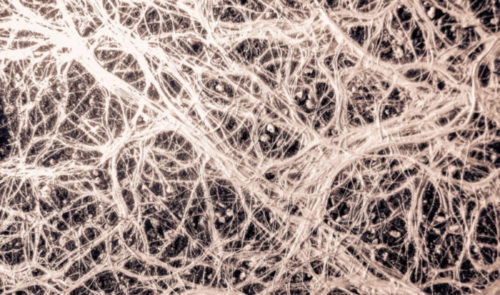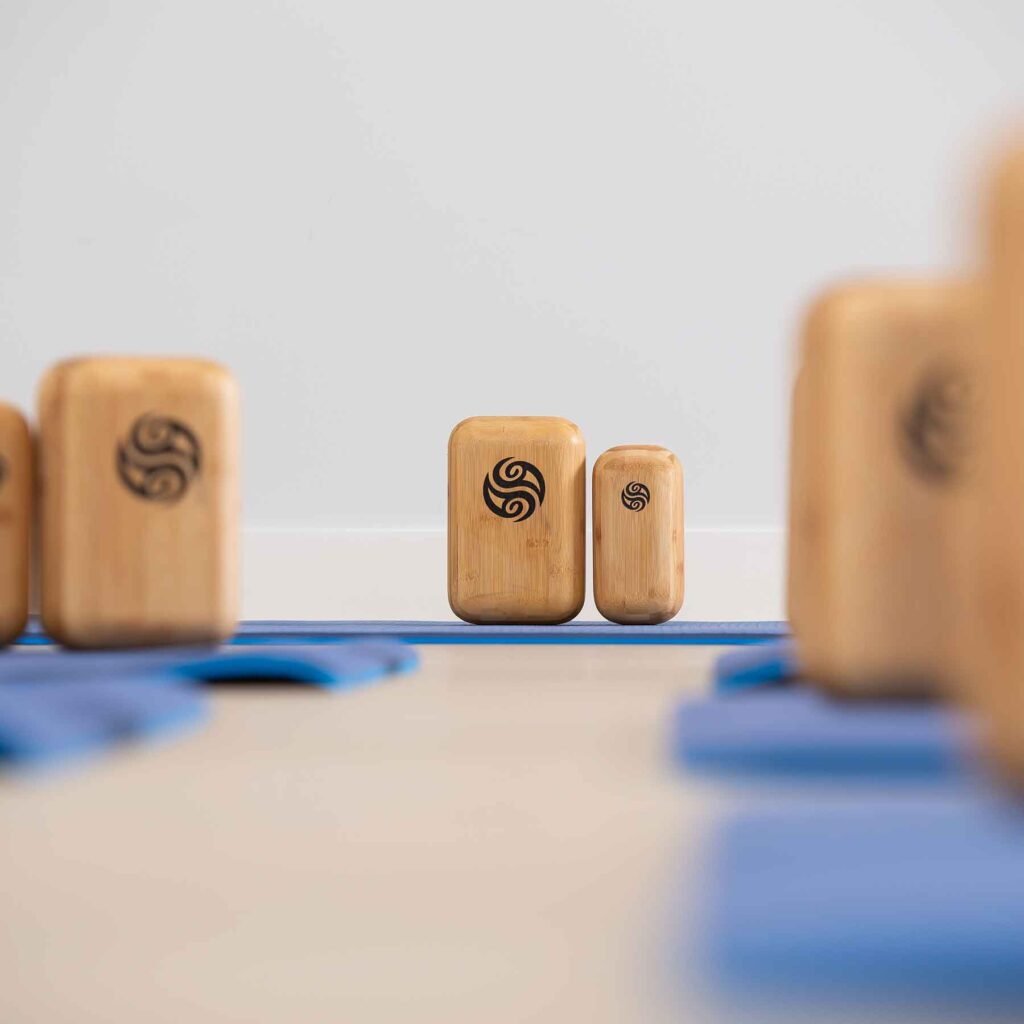Stability

Stability is defined as the quality, state or degree of being stable; the property of a body that causes it when disturbed from a condition of equilibrium or steady motion to develop forces or moments that restore the original condition.
Being stable in your body is what brings ease and grace to movements. When off balance, the body is in an internal war with itself. The fascia is designed to keep the body stable and upright when forces act to push us off balance. If this is a momentary concern and the body goes back to balance within a short period of time, chronic conditions won’t arise, however, if the forces acting on the body are long-term, then the fascia develops false walls and false floors to stabilize the situation.
Think of what happens to a building if the foundation is weak and a tipping of the structure occurs. Braces are put in place to give the off-balance structure support, until repairs take place. False walls and false floors are the body’s’ way of bracing itself so to stay upright.
As we are dominant on one side, we have lost the stability in the body. There should be equal weight on both feet, yet the majority of people shift their weight to the less dominant side, in order to keep the dominant side free for action. This causes us to “fall in” to our internal spaces, causing compression and resultant ballooning of tissue. Where the body compresses is where the false walls and floors develop. Compression is basically a layering and entangling of fascia which lacks blood and oxygen flow. This is extremely dense tissue that gravity will grip and manipulate.
The body has a built-in mechanism to maintain stability, but this comes from unconscious use. When we are conscious of posture and breath, the person maintains proper postural foundations to support cell alignment, negating the need for false walls and floors to develop. This is a body that has maintained the space around each and every cell, required for optimal flow.
In order to undo the years of injuries, scar tissue from surgeries, and all the chronic postural habits that have added up to give you the body you are in at this moment, you need to melt those dense areas that have built-up, so the cells can migrate back to their rightful position. Once there, the cells will be suspended in a magnetic heaven of alignment. This is the goal -- effortless effort. When we can attain this level of fascia awareness, there is an ease and grace to life that makes everything flow seamlessly.
The great news is that this isn’t a goal that only a few can accomplish -- you also don’t need to have that perfect suspension of alignment to feel the benefits of the journey to get there. Once you begin to release the roots that have braced the body from tipping, you start to find an ease that you didn’t even realize wasn’t there before. We are so incredibly adaptable to continual forces that we are truly unaware of the war that the fascia is fighting inside us. The body wants to be aligned and healthy and that is what the fascia is here to do for us - we just have to give the fascia what it needs to thrive on our behalf.
This is the focus of Block Therapy: to support the fascia system to encourage proper cell alignment lifelong. When we take the steps to provide this system with what it needs to thrive, it’s incredible how fast change occurs. Even years of chronic pain, past injuries and traumas can be released from the process of untangling the fascia. It also doesn’t matter your age, your condition to begin with, or any other parameters that may hold you back from doing this practice. You are taught to respect your limits with your breath being your guide, and you learn how to transfer the teaching on the block into real life situations.
If you would like to learn more from those who practice, our private Facebook community is filled with incredible testimonials and offerings of guidance and support from our members. I would love to see you there!
Breathe & Believe








Responses